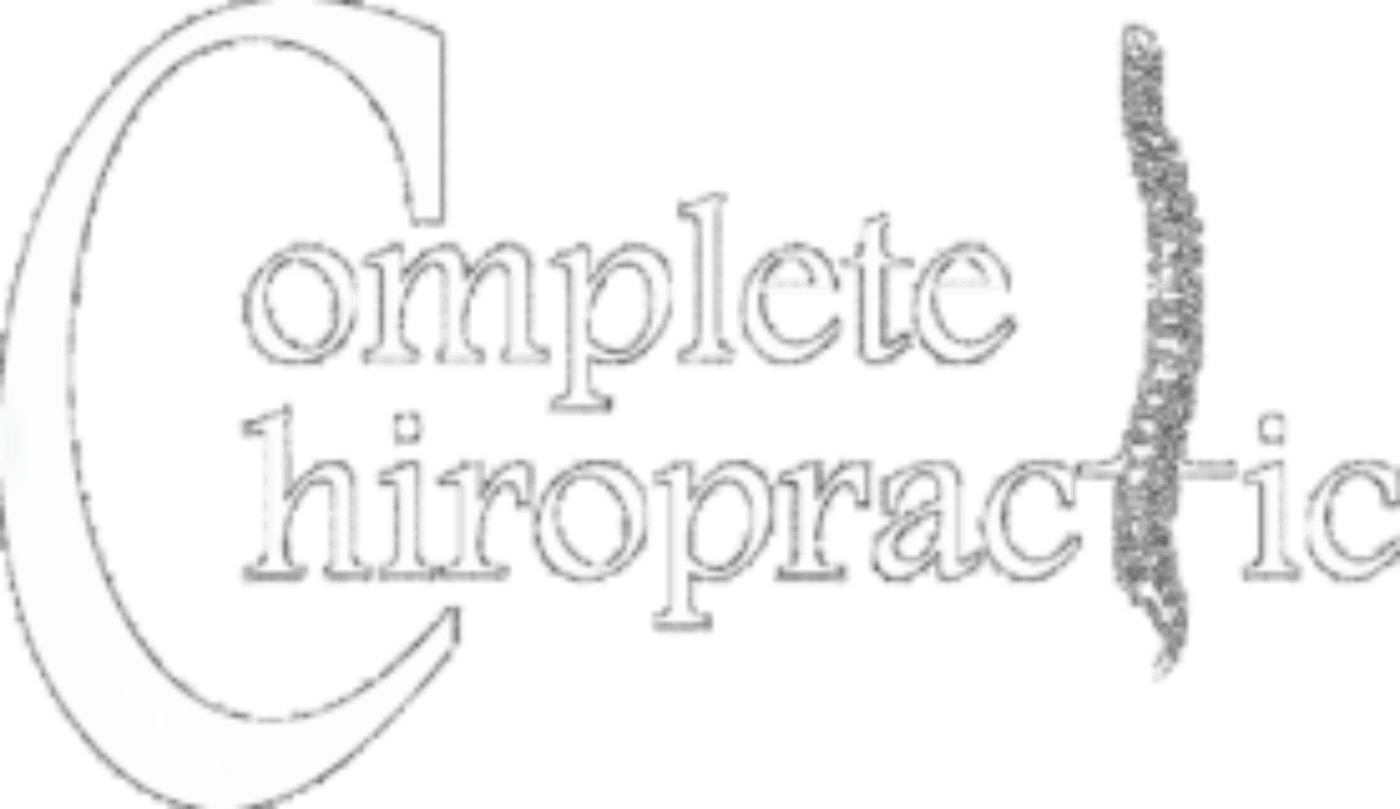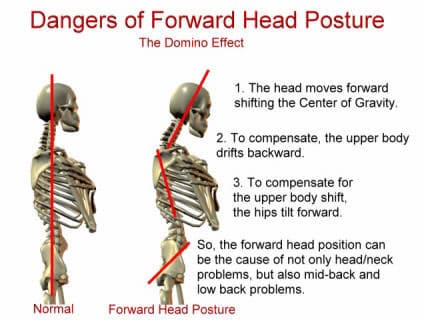“Mechanical back pain accounts for 97% of cases, arising from spinal structures such as bone, ligaments, discs, joints, nerves, and meninges.”
– The Epidemiology of low back pain. Best Pract Res Clin Rheumatol. 2010 Dec;24(6):769-81.
Mechanics is the study of how things move.
Mechanical pain is from some problem with how things move. Typically it is too much stress on an area, either over time or in one big incident.
Stress can be aggravated by faulty structures such as scoliosis, bad posture, and degenerative joints.
To simplify things, mechanical pain is broken in to 2 categories, Muscles and Joints. Though it is rare not to have both involved.
Joint pain
Stress/Strain to the ligaments, joint capsule, cartilage.
When there is an injury , the body gets protective and stiffens the area to prevent further damage.
This stiffening and protection is good in the short term. Long term, it causes inflammatory chemicals to stay in the area and adhesions (scar-like tissue) form in the joint. (This is why we get patient’s to move their knees right away after surgery.)
Muscle Pain
Protective spasm—tightens for protection but can fatigues
Overuse injuries– strain from repetitive motion causing damage
Muscle pull—too quick of a strong contraction causing damage to the muscle.
The function of a muscle is to move a joint, so if a muscle is tight, it will not allow the joint to move in the opposite way.
In the same respect, if the joint is not moving as much as it should, the muscles will be fighting it to try to get it to move and will cause muscle strain.
We work on both the joints and the muscles to allow for proper movement and to decrease any extra stress.
We also address the cause of the stress to help avoid re-aggravations.


